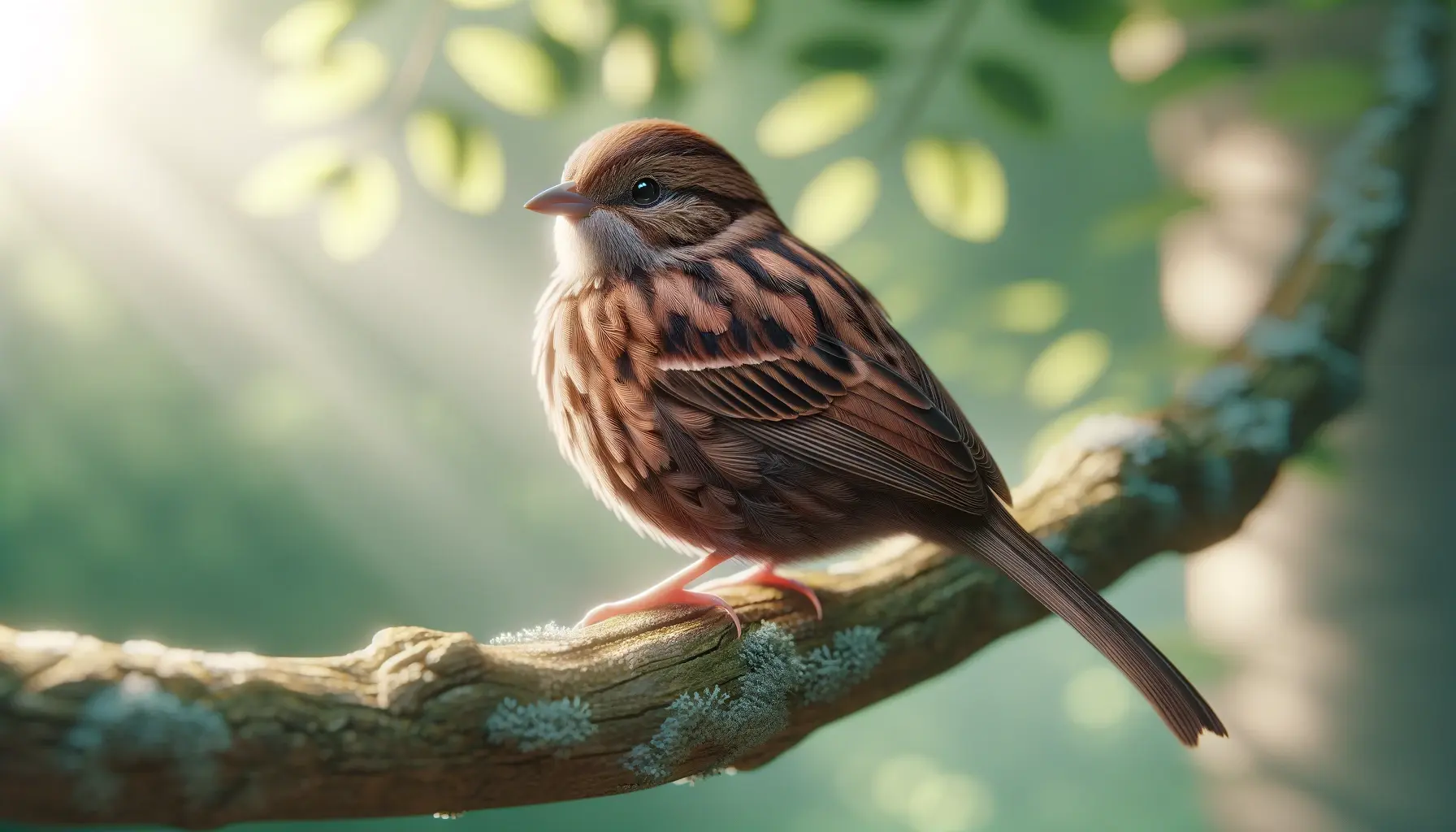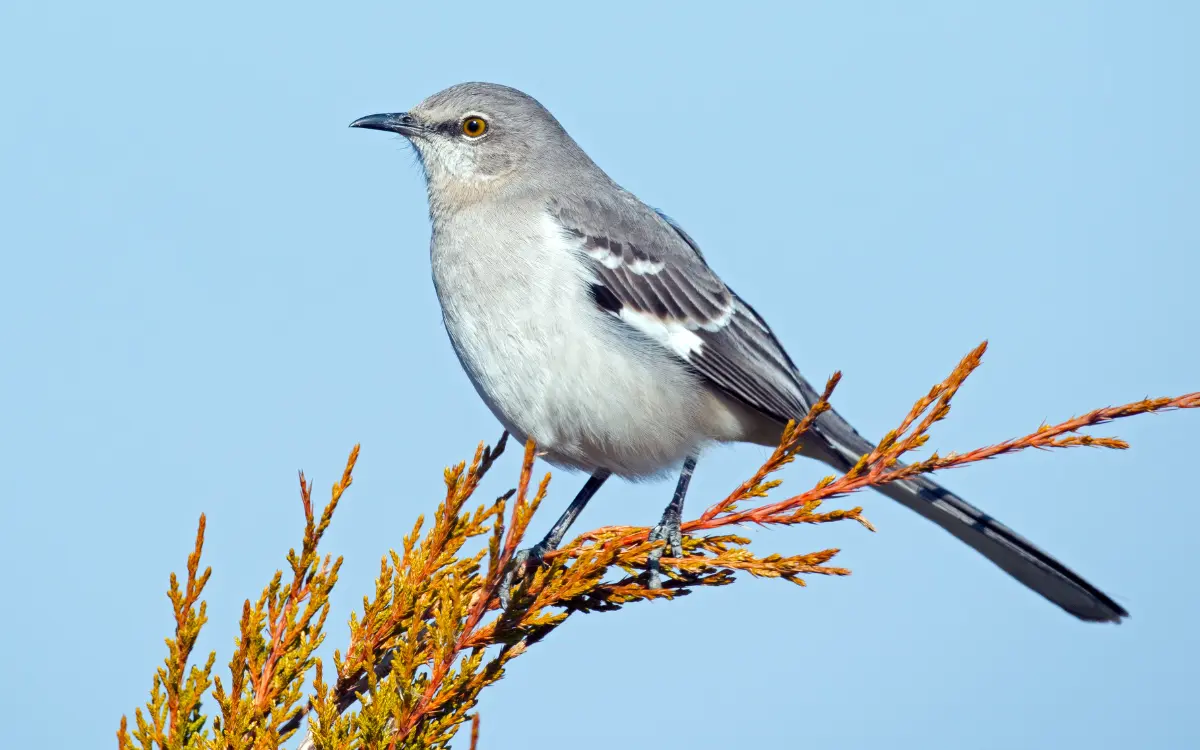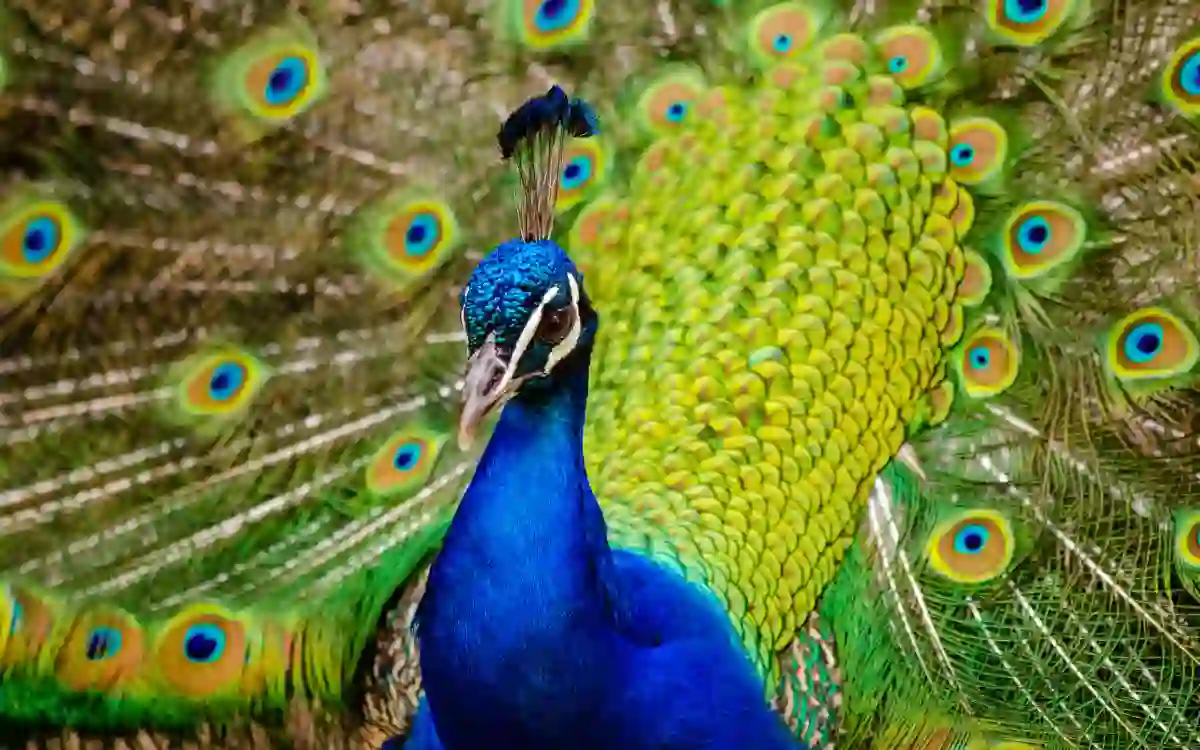Secretary Bird Facts:Beauty of sub-Saharan Africa
The Secretary Bird is found in savannas of sub-Saharan Africa. This bird on the head looks like the crown they are wearing.
If you love to explore this kind of bird you have to read the details that I include in this article.
Interesting Facts
The Secretary Bird is a fascinating creature with some unique characteristics. Here are some cool facts about this bird:
- Name Origin: The name “Secretary Bird” might come from the long feathers on its head. These feathers look like the quill pens that secretaries used to carry behind their ears.
- National Emblem: This bird is so special that it’s the national emblem of Sudan. You can even see it on the country’s coat of arms.
- Walking Style: Unlike most birds of prey that fly to hunt, the Secretary Bird prefers to walk. It has a unique walking style and can walk up to 20-30 kilometers (12-19 miles) in a day looking for food.
- Hunting on Foot: The Secretary Bird is one of the few birds of prey that hunts primarily on foot. It uses its strong legs to stomp on snakes, lizards, and other prey.
The Secretary Bird facts: A Unique Bird of Prey
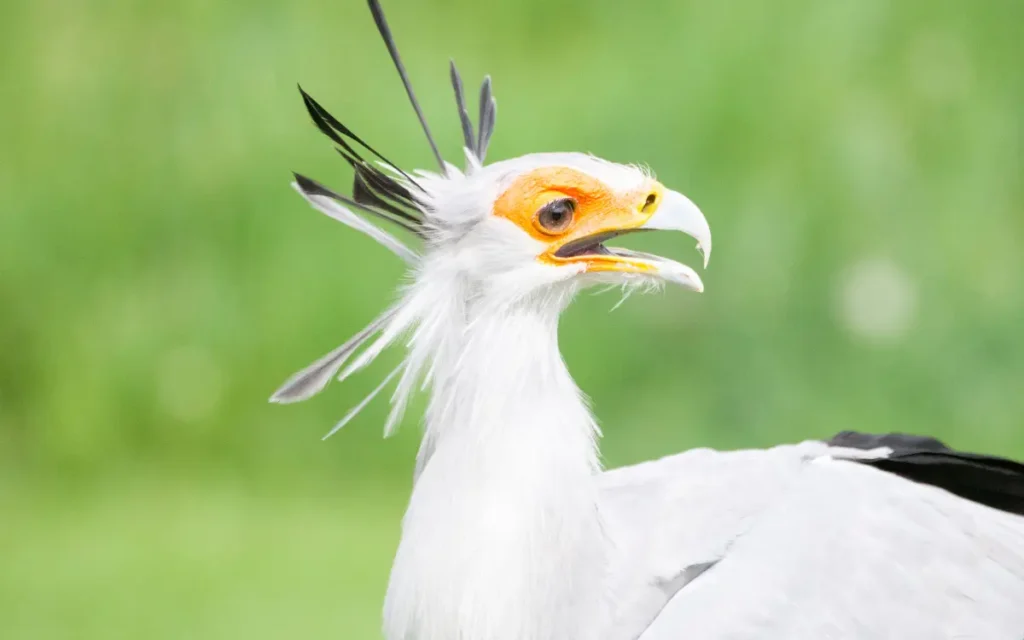
The Secretary Bird is a special kind of bird that lives in the open areas of Africa. It is famous for its long legs, which make it look like a stork and a head that looks like an eagle. This bird is different from other birds of prey because it likes to walk around to find its food rather than flying.
What Does It Look Like?
The Secretary Bird is quite tall, standing about 4 feet high. It has long, thin legs and a long tail. Its body is covered in light gray feathers, and it has black feathers on its wings and tail. One of the most interesting things about this bird is its crest of long, black feathers on its head, which looks like a bunch of quills sticking out.
Where Does It Live?
These birds are found in the grasslands, savannas, and open plains of sub-Saharan Africa. They like areas where they can see far and wide, which helps them spot their prey.
What Does It Eat?
The Secretary Bird is a carnivore, which means it eats meat. It mainly feeds on snakes, lizards, small mammals, and insects. It has a unique way of hunting – it stomps on its prey with its strong feet to kill it before eating.
Why Is It Called the Secretary Bird?
There are a few stories about how the Secretary Bird got its name. One idea is that its crest of long feathers looks like the quill pens that secretaries used to carry behind their ears. Another idea is that the name comes from the Arabic word ‘saqr-et-tair,’ which means ‘hunter bird.’
Is the Secretary Bird in Danger?
The Secretary Bird is considered a vulnerable species, which means it is at risk of becoming endangered. The main threats to these birds are losing their natural homes because of changes in the land and being hunted by people. It’s important to protect their habitats and make sure they have safe places to live and hunt.
Physical Characteristics
The Secretary Bird is a tall and slender bird, known for its unique appearance. Here are some key physical features:
- Height: This bird is quite tall, standing up to 1.3 meters (4 feet) high. That’s taller than most dogs!
- Wingspan: Despite its height, the Secretary Bird has a wingspan of about 2.1 meters (7 feet), which helps it glide through the air when it does decide to fly.
- Weight: It weighs between 2.3 to 4.6 kg (5 to 10 lbs), which is light for its size. This helps it move quickly and easily on the ground.
- Appearance: The Secretary Bird has long, thin legs and a slender body. It’s mostly covered in light gray feathers, with some black feathers on its wings and tail. One of the most distinctive features is the crest of long, black feathers on its head, which looks a bit like a fancy headdress. It also has a hooked bill, perfect for grabbing and eating its prey.
The behavior of the Secretary Bird
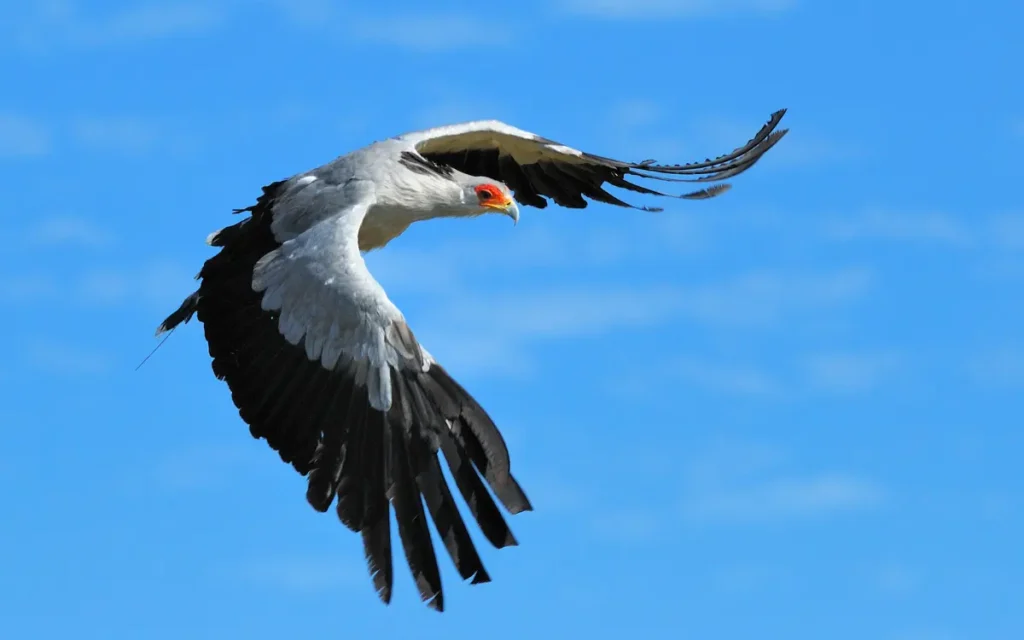
The Secretary Bird has some interesting behaviors that make it stand out among other birds of prey.
What Does It Eat?
The Secretary Bird is a carnivore, which means it eats meat. Its diet includes snakes, lizards, small mammals, and insects. This bird is especially good at catching snakes, which is one of its favorite foods.
How Does It Hunt?
One of the most unique things about the Secretary Bird is its hunting technique. It hunts on the ground, using its powerful feet to stomp on its prey. This method is very effective, especially when it’s hunting snakes.
Does It Live Alone or in Groups?
Secretary Birds are usually seen in pairs or small family groups. They like to stay together, especially during the breeding season. Sometimes, you might see them alone, but they usually have a partner or family nearby.
How Does It Move Around?
Even though it has wings and can fly, the Secretary Bird prefers to walk. It spends most of its time on the ground, walking around in search of food. It has long legs that help it cover a lot of ground quickly. When it does fly, it’s usually to move from one hunting area to another or to escape danger.
Reproduction
The Secretary Bird has a special time of the year when it has babies, called the breeding season. This time usually happens during the dry season, but it can change depending on where the bird lives.
When it’s time to have babies, the Secretary Bird lays 1 to 3 eggs. These eggs are kept warm and safe in a nest until they are ready to hatch. This waiting period called the incubation period, lasts for about 45 days.
After the eggs hatch, the baby birds, called fledglings, stay in the nest for a while. They depend on their parents to bring them food and keep them safe. When they are about 80 days old, they are strong enough to leave the nest and start exploring the world on their own.
Read also: kiwi bird fact: Unknown
Conservation
The Secretary Bird faces several challenges that put its future at risk. These challenges include:
- Habitat Loss: As people use more land for farming and building, the Secretary Bird’s natural home is disappearing.
- Human-Wildlife Conflict: Sometimes, these birds come into conflict with people, especially when they live close to human settlements.
- Hunting: In some areas, Secretary Birds are hunted for sport or because they are seen as a threat to livestock.
To help protect these magnificent birds, several conservation efforts are in place:
- Protected Areas: Wildlife reserves and parks provide safe places for Secretary Birds to live and hunt.
- Breeding Programs: These programs help increase the number of Secretary Birds, especially where their numbers are low.
- Legal Protections: Laws are in place in many countries to protect Secretary Birds from hunting and harm.
Conclusion
The secretary bird is a unique and captivating bird of prey known for its long legs, special hunting method, and crucial role in managing pest populations in its environment. Protecting this vulnerable species is essential for its continued survival.


